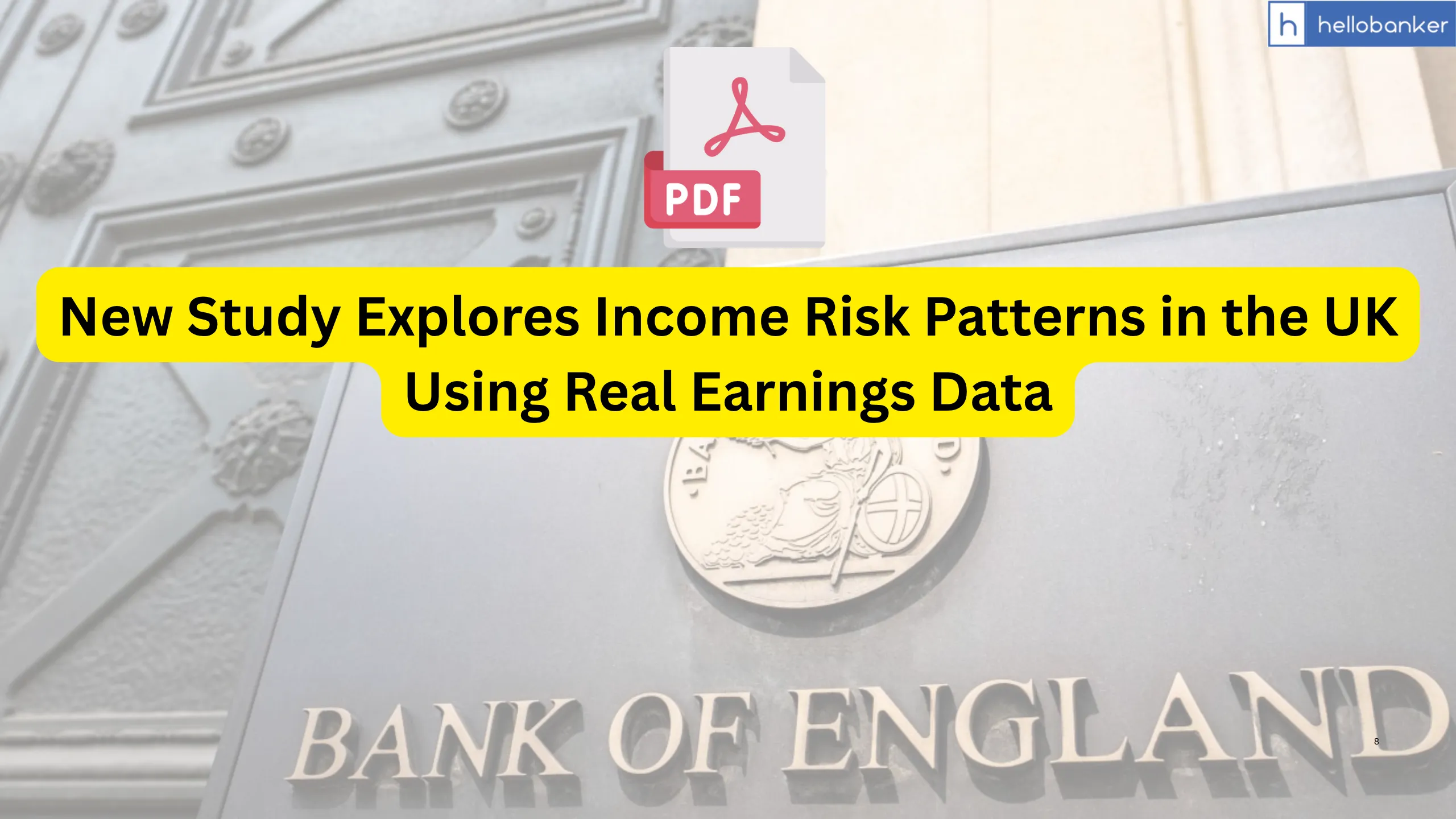London, May 30, 2025 – A new research paper published by the Bank of England provides an in-depth look at how income risk varies for individuals in the UK and how it changes over time. Titled “Staff Working Paper No. 1,129,” the study is authored by Marco D’Amico and Martina Fazio. You can download PDF via link given at last.
The research uses detailed data from the Annual Survey of Hours and Earnings (ASHE)—a reliable source of wage information—to study patterns in income growth across different people and economic periods. The paper highlights how income shocks, such as sudden losses or gains in earnings, are closely tied to the state of the economy.
Key Findings from the Study
The authors developed a model that tracks how incomes change in response to the broader economic environment. The model successfully explains several important trends in UK earnings, including:
- Higher income fluctuations during economic cycles, especially in uncertain times.
- More frequent negative income shocks during recessions (a trend known as procyclical skewness).
- An overall earnings distribution that has sharp peaks (indicating most people have similar earnings growth) but also long tails, meaning a smaller number of people experience very large increases or decreases in income.
The model is simple but powerful, and can be used alongside larger economic forecasting tools to better understand how income risk affects people. Policymakers can use this approach to simulate different economic scenarios and develop policies that help protect workers from sudden income drops, especially during recessions.
This study adds to growing evidence that understanding how individuals experience income changes is critical for designing effective economic and social policies.

